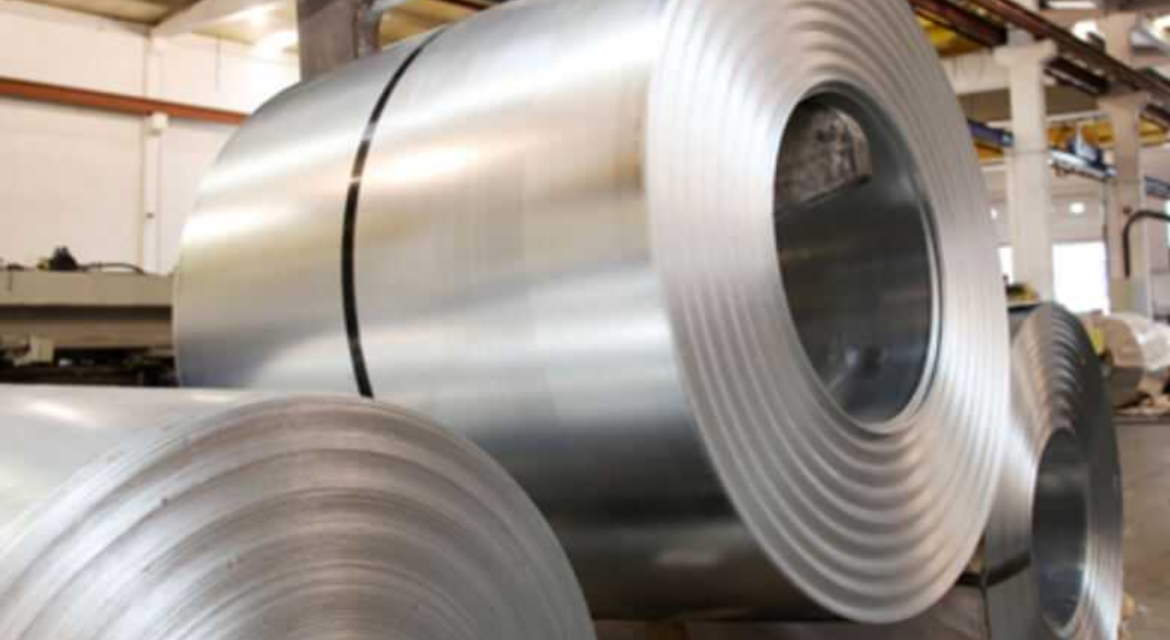Manufacturing has undergone a revolution because of cold forging, which makes sure the production of high-quality components with precise tolerances. Using cold forging presses and this sophisticated method, producers can turn raw materials into completed parts. It is an extremely effective manufacturing technique that produces complex and long-lasting metal components for a variety of industries.
It differs from hot forging, which includes heating the steel above its recrystallization temperature. Every step inside the procedure contributes to accomplishing the preferred form, strength, and surface end of the very last forged component, ensuring reliability and performance in business production.
Key Steps in the Cold Forging
Right here are some key steps concerned with the cold forging manner:
Material Selection
Step one in cold forging is choosing the correct material based totally on the favored properties of the very last component. Metals typically utilized in bloodless forging include aluminum, copper, brass, and diverse types of metal. The material must have correct ductility and formability at room temperature to resist the deformation techniques concerned in bloodless forging. The material is reduced to the required duration primarily based on the final element specs.
Lubrication
Lubrication is important in cold forging to reduce friction and put on between the die and the workpiece. It helps in attaining higher cloth waft, enhancing surface finish, and lengthening device lifestyles. Lubricants utilized in the cold forging range rely on the fabric being solid and the complexity of the part geometry. Coating the workpiece or die with a thin layer of stable lubricant to reduce friction at some point of deformation.
Die Design and Tooling Coaching
Die layout performs an important role in bloodless forging as it determines the final shape and dimensions of the solid element. Dies are crafted from hardened tool steel or carbide to withstand the excessive pressures and stresses encountered all through forging. The die cavity is carefully designed to ensure proper material goes with the flow and to limit defects together with flash and surface irregularities. Mounting the dies onto the forging device including mechanical presses or hydraulic presses.
Cold Forging Operation
As soon as the material is ready, lubricated, and the dies are set up, the bloodless forging operation can commence. The manner involves putting the uncooked cloth (billet or bar) between the two halves of the die cavity and making use of excessive compressive forces with the use of a press or hammer. The material is formed into the desired shape with the aid of the progressive closing of the dies.
Flash Removal and Trimming
After the forging operation, excess fabric known as flash might also continue to be across the forged part. Flash is a thin layer of fabric that flows out of the die hollow space for the duration of forging and serves to save your steel from escaping during deformation. Flash removal entails trimming or shearing off the excess material to acquire the final shape and dimensions of the cast component. Checking the cast element for dimensional accuracy and surface finish.
Heat Treatment and Completing Operations
Some cold-forged elements may additionally go through warmth treatment to improve their mechanical properties, which include hardness and energy. warmth treatment tactics include annealing, tempering, or quenching, relying on the material and particular requirements of the software. Finishing operations, which include machining, grinding, or coating, may also be accomplished to gain final floor finish and dimensional tolerances. Machining eliminates extra material or refining floor features to obtain particular dimensions.
Conclusion Thoughts
Compared to conventional hot forging techniques, cold forging provides some benefits by applying high pressure to the material while it is at room temperature. Cold forging is a metallic forming system where metallic is formed at room temperature or barely multiplied temperatures. Cold forging is thought to produce elements with fantastic surface finish, dimensional accuracy, and cloth energy.
